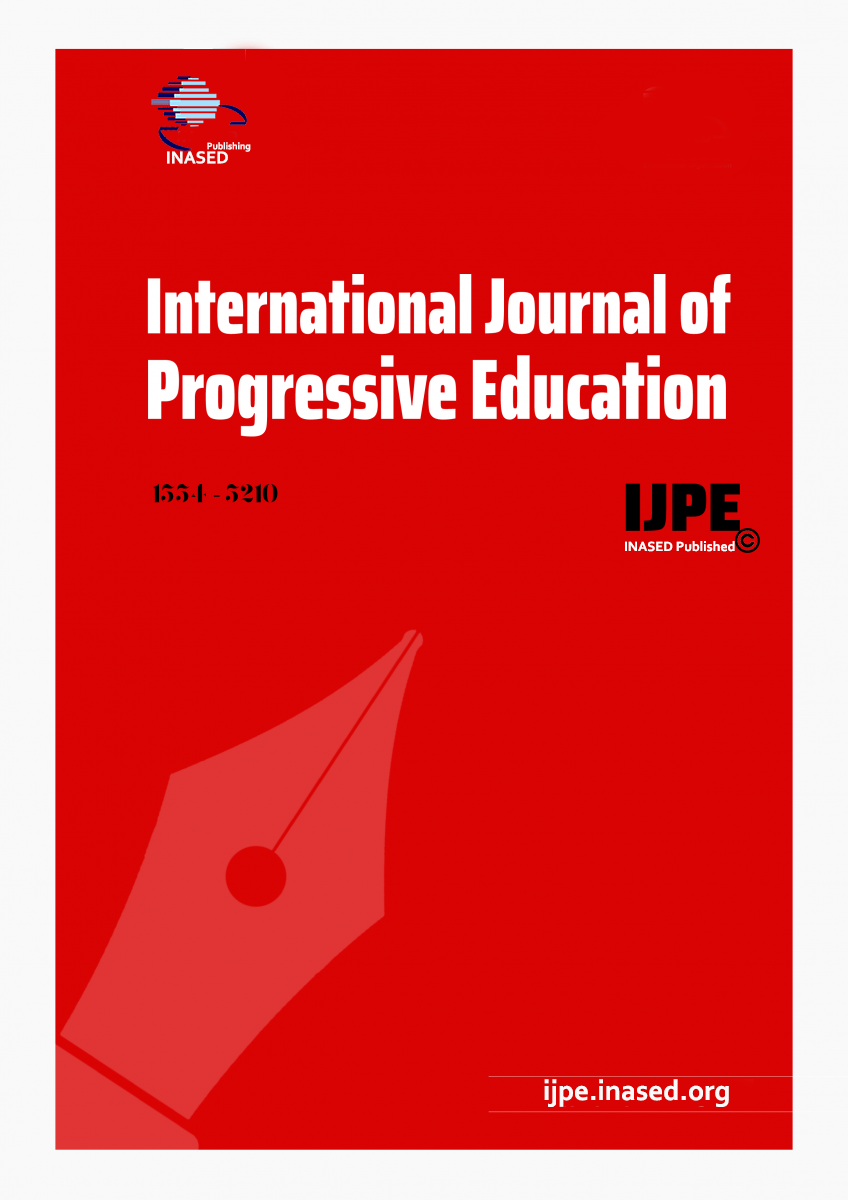- Alexitch, L.R. (2002). The role of help-seeking attitudes and tendencies in students’ preferences for academic advising. Journal of College Student Development, 43(1), 5-19. [Google Scholar]
- Allen, I.E. & Seaman, J. (2013). Changing course: Ten years of tracking online education in the United States. Sloan Consortium, Pearson: Newbury Port, MA. [Google Scholar]
- Allen, J.M. & Smith, C.L. (2008). Faculty and student perspectives on advising: Implications for student dissatisfaction. Journal of College Student Development, 49(6), 609-624. [Google Scholar]
- Bland, S.M. (2003). Advising adults: Telling or coaching? Adult Learning, 1, 6-9. [Google Scholar]
- Boers, D. (2001). What teachers need from students. The Education Digest, 67(8), 22-26. [Google Scholar]
- Campbell, S.M. & Nutt, C.L. (2008). Academic advising in the new global century: Supporting student engagement and learning outcomes achievement. Association of American Colleges and Universities Peer Review, 4, 1-7. [Google Scholar]
- Choy, S.P., Horn, L.J., Nunez, A., and Chen, X. (2000). Transition to college: What helps at-risk students and students whose parents did not attend college. New Directions for Institutional Research, 107, 45-63. [Google Scholar]
- Clear, T.R. (2001). Has academic criminal justice come of age? Justice Quarterly, 18(4), 709- 726. [Google Scholar]
- Crookston, B.B. (1972). A developmental view of academic advising as teaching. Journal of College Student Personnel, 13, 12-17. [Google Scholar]
- Donaldson, J.F. & Graham, S. (1999). A model of college outcomes for adults. Adult Education Quarterly, 50(1), 24-40. [Google Scholar]
- Gerring, J. (2004). What is a case study and what good is it for? The American Political Science Review, 98(2), 341-354. [Google Scholar]
- Harris, D.A. (1993). The appearance of justice: Court TV, conventional television, and public understanding of the criminal justice system. Arizona Law Review, 35, 785-827. [Google Scholar]
- Johnson, M.K., Crosnoe, R. & Elder, G.H. (2001). Students’ attachment and academic engagement: The role of race and ethnicity. Sociology of Education, 74(4), 318-340. [Google Scholar]
- Jonson, C.L. & Moon, M.M. (2014). How to be a successful classroom teacher. Journal of Contemporary Criminal Justice, 30(4), 391-408. [Google Scholar]
- Kadar, R.S. (2001). A counseling liaison model of academic advising. Journal of College Counseling, 4, 174-178. [Google Scholar]
- Kao, G. & Thompson, J.S. (2003). Racial and ethnic stratification in educational achievement and attainment. Annual Review of Sociology, 29, 417-442. [Google Scholar]
- Krimmel, J.T. & Tartaro, C. (1999). Career choices and characteristics of criminal justice undergraduates. Journal of Criminal Justice Education, 10(2), 277-289. [Google Scholar]
- LaPadula, M. (2003). A comprehensive look at online student support services for distance learners. American Journal of Distance Education, 17(2), 119-128. [Google Scholar]
- Light, R. (2001). Making the most of college: Students speak their minds. Harvard University Press: Cambridge, MA. [Google Scholar]
- Lowenstein, M. (2005). If advising is teaching, what do advisors teach? National Academic Advising Association Journal, 25(2), 65-73. [Google Scholar]
- Mattson, C.E. (2007). Beyond admission: Understanding pre-college variables and the success of at-risk students. Journal of College Admission, 196, 8-13. [Google Scholar]
- McCarron, G.P. & Inkelas, K.K. (2006). The gap between educational aspirations and attainment for first-generation college students and the role of parental involvement. Journal of College Student Development, 47(5), 534-549. [Google Scholar]
- Metzner, B.S. (1989). Perceived quality of academic advising: The effect of freshman attrition. American Educational Research Journal, 26(3), 422-442. [Google Scholar]
- Museus, S.D. & Ravello, J.N. (2010). Characteristics of academic advising that contribute to racial and ethnic minority student success at predominantly white institutions. National Academic Advising Association Journal, 30(1), 47-58. [Google Scholar]
- Newton, R.S. (1998). Adaptive help-seeking: A role of social interaction in self-regulated learning. In S.A. Karabenick (Ed.) Strategic Help Seeking: Implications for Learning and Teaching (pp. 13-60). Mahwah, NJ: Erlbaum. [Google Scholar]
- O' Lawrence, H. (2006). The influences of distance learning on adult learners. Techniques, 81(5), 47-52. [Google Scholar]
- O*Net Online. (2016). Occupations in Criminal Justice. Retrieved from https://www.onetonline.org/find/result?s=criminal%20justice&a=1 on May 3, 2016. [Google Scholar]
- Pratt, T.C. (2014). How to be a successful publisher. Journal of Contemporary Criminal Justice, 30(4), 378-391. [Google Scholar]
- Propp, K.M. & Rhodes, S.C. (2006). Informing, appraising, guiding, and mentoring: Constructs underlying upperclassmen expectations for advising. National Academic Advising Association Journal, 26(1), 46-55. [Google Scholar]
- Sitron, A.H. & Applegate, B.K. (2012). Hiring criminology and criminal justice academics: The perceived importance of job candidates’ attributes. Journal of Criminal Justice Education, 23(1), 23-40. [Google Scholar]
- Smith, J.S. (2002). First-year student perceptions of academic advisement: A qualitative study and reality check. National Academic Advising Association Journal, 22(2), 39-49. [Google Scholar]
- Smith, C.L. & Allen, J.M. (2014). Does contact with advisors predict judgments and attitudes consistent with student success? A multi-institutional study. National Academic Advising Journal, 34(1), 50-63. [Google Scholar]
- Stein, D.S. & Wainstreet, C.E. (2006). Beyond yes or no: Factors in adults’ decisions to enroll in higher education. The Journal of Continuing Higher Education, 54(2), 2-12. [Google Scholar]
- Varney, J. (2007). Intrusive Advising. National Academic Advising Association, 1-3. [Google Scholar]
- Vivian, C. (2005). Advising the at-risk college student. The Educational Forum, 69(4), 336-351. [Google Scholar]
|


